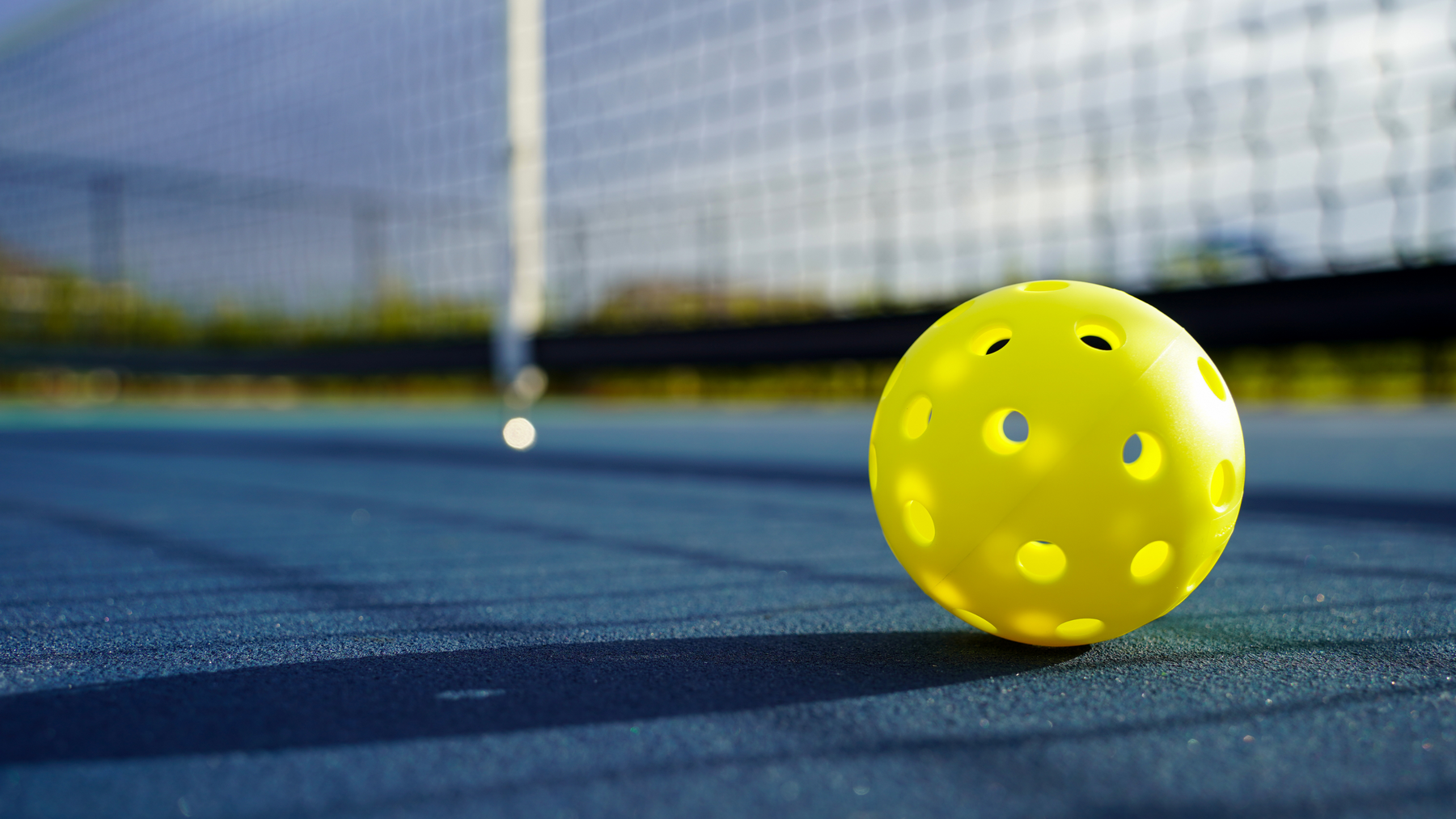
The Science Behind Pickleball Ball Design: Why It Matters
Pickleball is an increasingly popular sport, and its unique ball design plays a significant role in how the game is played. The ball's construction and design are based on scientific principles that influence its performance during play.
Table of Contents
1. Composition of a Pickleball Ball
Pickleball balls are crafted from plastic, resin, or polymer materials. The specific type of material used is often determined by whether the ball is intended for indoor or outdoor use. Softer materials, typically used for indoor balls, offer more control but may not travel as fast or far as the harder resin and plastic balls designed for outdoor play.
To maintain the game's standard, pickleball balls must adhere to specific criteria set by governing bodies like the USA Pickleball Association. These include:
- A smooth surface devoid of any texture
- A specified number and shape of holes
- Uniform color without any mix
- Specific bounce, roundness, weight, and diameter measurements
Most modern pickleballs conform to these standards, assuring players that they are using regulation balls for play.
2. Manufacturing Process
The production of a pickleball is rooted in plastic molding techniques dating back to the 1950s. A molten plastic piece is injected into a mold and rotated, allowing the plastic to spread and adhere to the mold's walls. Resin-based balls, on the other hand, don't require heating and self-cure during the rotation process.
The design differences between indoor and outdoor pickleballs are evident. While indoor pickleballs might have seams and are made from two halves fused together, many outdoor pickleballs are seamless.
3. Indoor vs. Outdoor Pickleball Balls
There's a marked difference between indoor and outdoor pickleballs, and understanding these nuances is crucial for every player, irrespective of their skill level.
Indoor Pickleball Balls:
- Made from a softer plastic.
- Designed for surfaces like wood, tiles, or synthetic materials.
- Larger holes, fewer in number, around 26.
- Easier control but might not be hit as hard.
- Marginally larger in size and slightly less bouncy, offering players more control during serves and volleys.
Outdoor Pickleball Balls:
- Constructed for rugged outdoor courts.
- Crafted from harder, more durable plastic with a thicker wall.
- Typically have 40 smaller holes, optimizing them against wind interference.
- Heavier, promoting a more dynamic and aggressive style of play.
- Can be noisier than their indoor counterparts.
4. Ball Longevity and Selection
The lifespan of a pickleball varies based on quality, intended use (indoor vs. outdoor), court type, and the intensity of play. Generally, after around 20 games, players might consider replacing their balls to ensure optimal performance. Among the various brands available, the ONIX Fuse G2 is a popular choice due to its durability and consistent performance.
5. Color Considerations
Choosing a pickleball color that contrasts with the court ensures better visibility. For indoor courts, especially in dim lighting, a white ball might be ideal.
6. Pickleball Ball Varieties
Various brands, such as Onix and Penn, offer pickleballs tailored for different play styles and environments. Whether you prefer a firmer, slower, or quieter ball, trying out different brands and models is the best way to discover your favorite. As long as the ball meets tournament standards, players are set for an exciting game!
7. Frequently Asked Questions
-
What materials are used in making a pickleball?
Pickleballs are typically made from a variety of materials such as plastic, resin, or polymer, which are chosen based on whether the ball is intended for indoor or outdoor play. -
What distinguishes indoor pickleballs from outdoor ones?
Indoor pickleballs are lighter, softer, and have larger holes compared to outdoor balls, making them more suitable for softer indoor court surfaces and controlled play. Outdoor balls are tougher, heavier, and have smaller holes, allowing them to withstand the harsher conditions of outdoor courts and windy weather. -
What are the specifications that a pickleball must meet?
A pickleball must meet several specifications such as having a specific number of circular holes, maintaining a uniform color, and adhering to specified measurements and weights to ensure fairness and standardization in the sport. -
How is a pickleball manufactured?
A pickleball is usually created using a single heated piece of plastic or resin that’s injected into a mold. The mold is rotated slowly, allowing the material to spread evenly and form the shape of the ball. -
How does the weight of a pickleball affect its play?
The weight of the ball influences its speed and the power behind hits. A heavier ball, like those used outdoors, leads to a faster, more intense game, while a lighter ball, used indoors, allows for longer volleys and more controlled play. -
How often should pickleballs be replaced?
It varies depending on usage and conditions, but generally, pickleballs should be replaced when they show signs of wear such as cracking or warping, typically after about 20 games. -
Does the color of a pickleball have any significance in the game?
Yes, the color of the pickleball should contrast with the court and surroundings for visibility. For instance, white balls are preferable for indoor courts and low-light conditions. -
How do I choose the right pickleball for play?
Beginners can start with any standard, regulation-size pickleball. However, more experienced players might prefer selecting balls based on playing conditions (indoor or outdoor), personal preferences, and the specific characteristics of the ball, such as bounce and hardness. -
Are there specific brands or types of pickleballs recommended for optimal play?
Yes, some pickleballs, like the ONIX Fuse G2, are highly recommended due to their durability, consistency, and performance, meeting the specific needs of players for both competitive and recreational play. -
How do weather conditions affect a pickleball's performance?
Weather conditions, particularly temperature, can influence the hardness and bounce of the pickleball. For example, pickleballs tend to be harder in colder temperatures, which can affect their playability.

